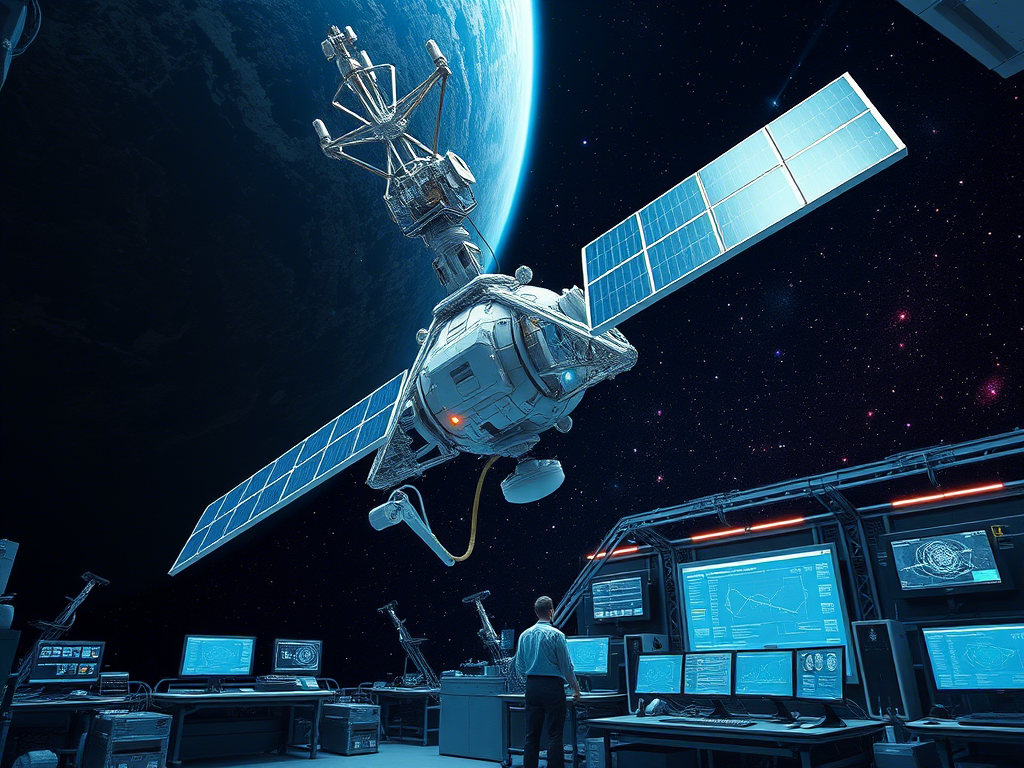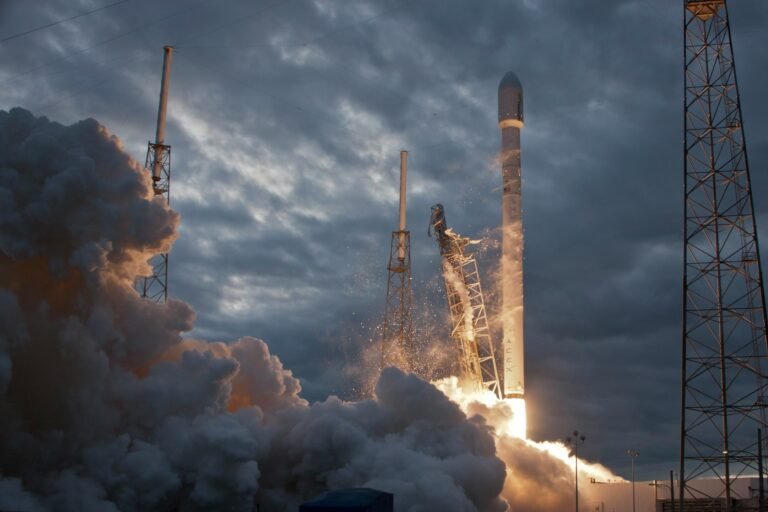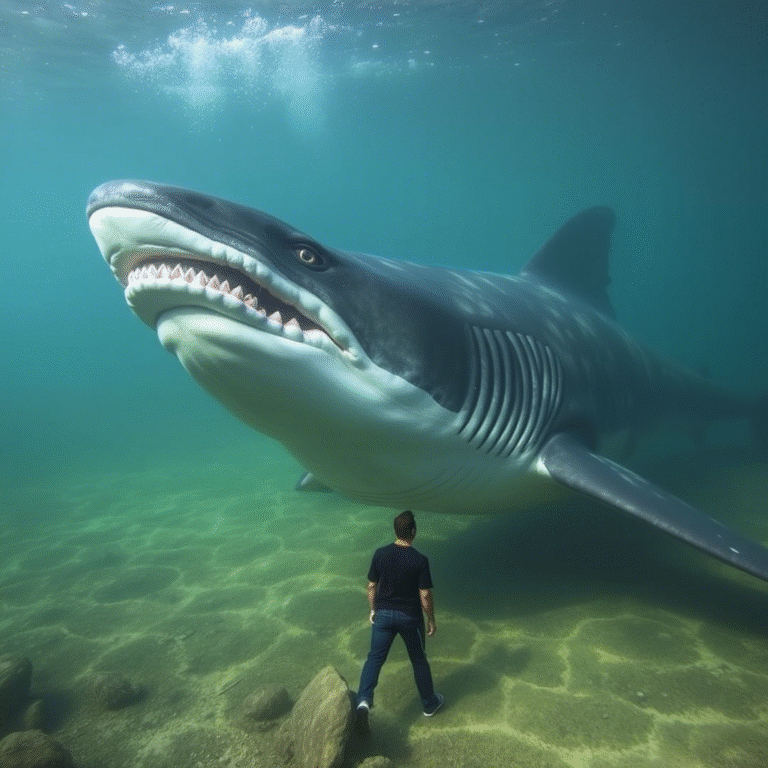
The Future of Cosmic Exploration: ESA’s Ambitious Plan for a Deep-Space Listening Array
In a historic move for space science, the European Space Agency (ESA) and aerospace company OHB System AG have officially signed an agreement to begin building LISA — the Laser Interferometer Space Antenna .
This groundbreaking mission marks the dawn of a new era in astrophysics. Once launched, LISA will become the world’s first observatory dedicated to detecting gravitational waves from space , opening a new window into the most powerful and mysterious events in the cosmos.
The announcement was made at the International Paris Air Show , where ESA and OHB celebrated the start of LISA’s industrial development phase — setting the stage for its planned launch in 2035 .
A Mission Designed to “Hear” the Universe
LISA won’t look at the universe the way traditional telescopes do — instead, it will listen to it.
By flying three spacecraft in a massive triangle formation — with each side stretching over 2.5 million kilometers — LISA will detect ripples in spacetime caused by some of the most violent events in the universe: colliding black holes, merging neutron stars, and even echoes from the early universe .
These ripples, known as gravitational waves , were first predicted by Einstein more than a century ago. Now, LISA is set to take their study to a whole new level — far beyond what Earth-based detectors like LIGO can achieve.
A Visionary Project Takes Shape
“We are immensely proud that ESA and the scientific community trust us to implement this groundbreaking mission,” said Chiara Pedersoli, CEO of OHB System AG .
“Together with our partners, we stand ready to bring LISA to life — pioneering our ability to ‘surf gravitational waves’ and enabling us to see our Universe in a new way.”
Prof. Carole Mundell , ESA’s Director of Science, added:
“I’m delighted to celebrate this milestone with our partners at OHB. LISA represents years of innovation, collaboration, and determination. As the first space mission designed to capture gravitational waves, it will open a brand-new window on the dark Universe and test the laws of physics in ways we’ve never done before.”
Exploring the Hidden Cosmos
Unlike ground-based detectors, LISA will be able to observe low-frequency gravitational waves , allowing scientists to study cosmic phenomena that are currently out of reach.
Among its many goals, LISA will help researchers:
- Trace how massive black holes merge and evolve across billions of years
- Investigate the true nature of gravity and whether Einstein’s theories hold under extreme conditions
- Study the expansion rate of the early universe with unprecedented precision
- Discover thousands of compact binary star systems within our own galaxy
In short, LISA doesn’t just promise new data — it promises new understanding .
Engineering the Impossible
Building a space-based observatory of this scale is no small feat. Each spacecraft will fly in a precise triangular formation trailing Earth around the Sun. Over distances larger than the Earth-Moon system, they’ll exchange laser beams to measure changes smaller than the width of a helium atom.
At the heart of each satellite are two gold-platinum cubes , known as test masses , floating freely inside protective housings. These tiny cubes will serve as ultra-sensitive reference points. When gravitational waves pass through, they’ll cause minuscule shifts in distance between the cubes — shifts so small, they must be measured with picometer-level precision .
To achieve this, LISA uses laser interferometry , a technique that compares light waves to detect the tiniest distortions in space itself.
Europe Leads the Way in Space Innovation
LISA is not just a European project — it’s a global collaboration led by Europe. ESA is working closely with NASA and a worldwide consortium of scientists and engineers to make it happen.
Key contributions come from:
- Italy & Switzerland : Providing the ultra-precise free-floating test masses
- Germany, UK, France, Netherlands, Belgium, Denmark, Czech Republic : Delivering high-precision sensors and measurement systems
- Spain : Developing the Science Diagnostics Subsystem to monitor environmental factors affecting the mission
OHB System AG leads spacecraft construction alongside Thales Alenia Space , forming one of the strongest engineering teams in the industry.
Looking Ahead to 2035
LISA is scheduled to launch aboard an Ariane 6 rocket in 2035 . Once deployed, it will begin its journey as humanity’s most sensitive “ear” for the vibrations of the universe.
This mission isn’t just about technology — it’s about redefining what we know about space, time, and the invisible forces shaping our cosmos.





